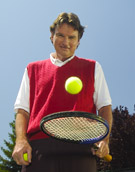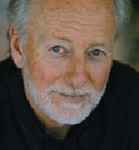A friend has been spending many hours at assisted living and nursing facilities lately, looking for the right fit for an elder in his family who can no longer do for herself. I preceded him in this difficult and often heart-breaking task a few years ago, so I completely agree with his observation about residents of these specialized forms of housing for older adults: nearly everyone is there not because they are ill but because they are frail.
The medical term, frailty syndrome is “a condition, seen particularly in older patients, characterized by low functional reserve, easy tiring, decrease of libido, mood disturbance, accelerated osteoporosis, decreased muscle strength, and high susceptibility to disease.” Note that, absent heart disease or cancer, these are symptoms rather than disease itself, and every one of them is preventable and possibly even reversible by a regimen of physical exercise, social engagement and mental stimulation. It is shocking that, in a culture that loves self-improvement, we grow more neglectful of these basics of good health as we age.
In his article for Aging Today, Is Our Healthcare System Ready for the Age Wave?, gerontologist and best-selling author, Ken Dychtwald, offers a four-part proposal that could, if implemented, improve lives of elder Americans and significantly reduce the unsustainable cost of caring for people who are frail rather than ill. The item that resonates with me in particular is about lifestyle choices. It is no secret that personal behavior can postpone many of the so-called diseases of aging indefinitely. Self-care can and must be a priority. We owe it to ourselves, our children and grandchildren, and to society, to keep ourselves as healthy as we can be so that longevity is a gift that keeps giving.
President’s Council on Physical Fitness
Forestalling Frailty from WebMD
Senior Olympics for 70-year-old

